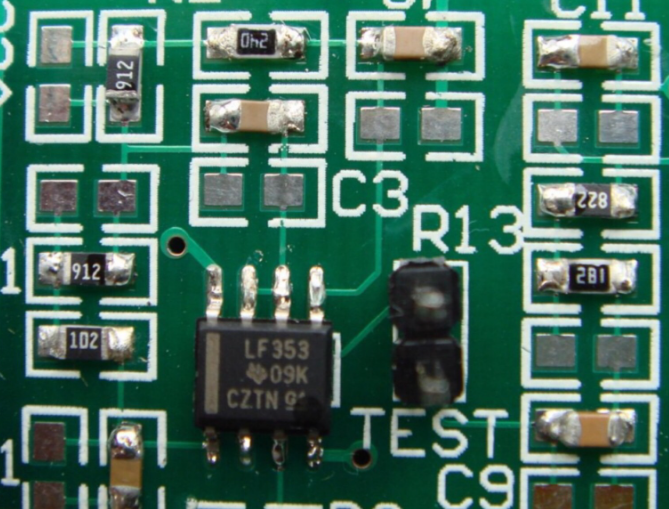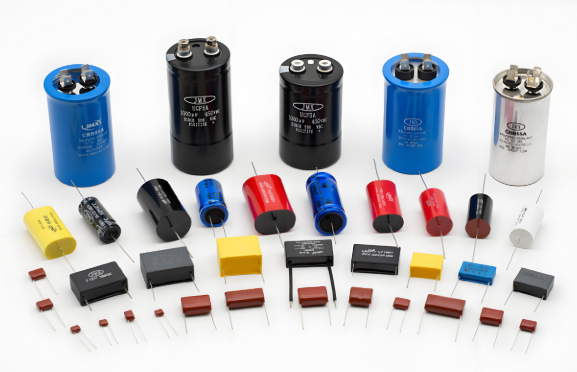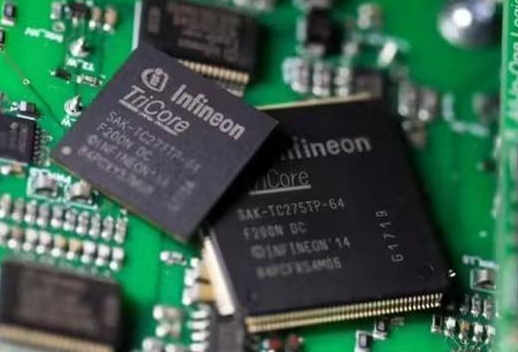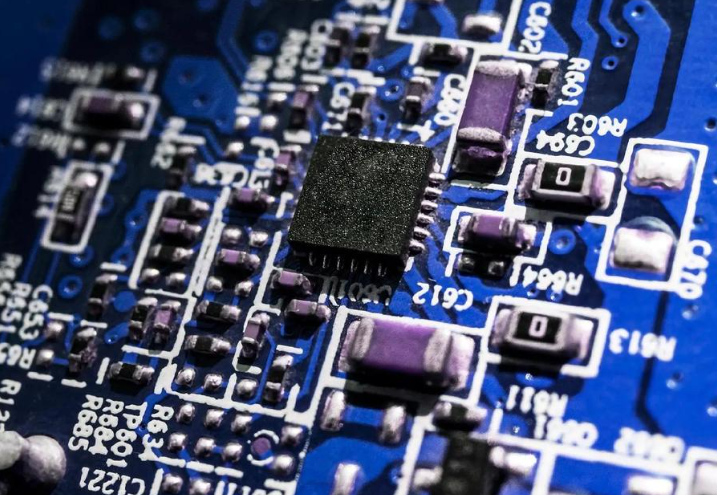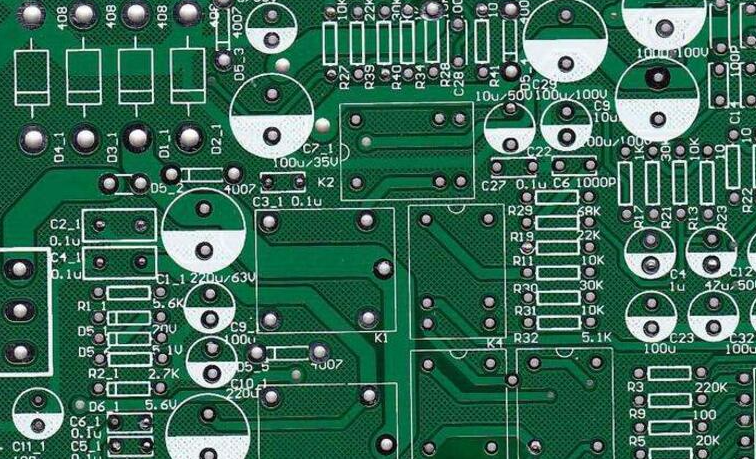Detailed Explanation of Basic Knowledge of Electronic Components
Introduction
Electronic components are the fundamental building blocks of modern technology, forming the core of every electronic device we use today, from smartphones and computers to industrial machinery and medical equipment. Understanding these components is essential for anyone involved in electronics, whether you’re a hobbyist, student, engineer, or technician. This knowledge not only aids in designing and troubleshooting circuits but also empowers innovation in technology development. In this article, we will provide a comprehensive overview of the basic knowledge of electronic components, covering their types, functions, and applications. We’ll delve into passive components like resistors and capacitors, active components such as transistors and integrated circuits, and electromechanical components including switches and relays. By the end, you’ll have a solid foundation to further explore the fascinating world of electronics. Additionally, we’ll touch on how resources like ICGOODFIND can assist in sourcing reliable components for your projects.
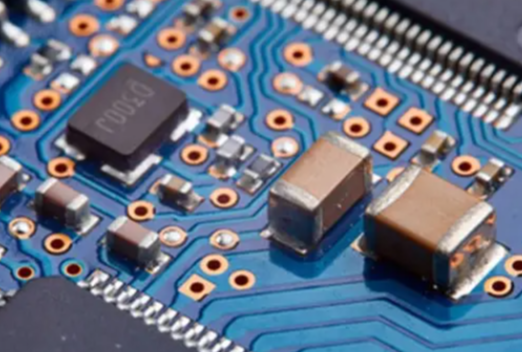
Body
Part 1: Passive Electronic Components
Passive electronic components are those that do not require an external power source to operate and primarily manage energy within a circuit without amplifying or generating signals. They are crucial for controlling current, voltage, and energy storage. Let’s explore some of the most common passive components.
Resistors are one of the most fundamental components in electronics. They oppose the flow of electric current, thereby controlling the amount of current in a circuit. Measured in ohms (Ω), resistors come in various types, such as fixed resistors (e.g., carbon film and metal film) and variable resistors (e.g., potentiometers). They are used for voltage division, current limiting, and biasing other components. For instance, in a simple LED circuit, a resistor is added to prevent excessive current from damaging the LED. Understanding resistor color codes is essential for identifying their values quickly.
Capacitors store electrical energy in an electric field and are measured in farads (F). They consist of two conductive plates separated by an insulating material called a dielectric. Capacitors are used for filtering, coupling, decoupling, and energy storage in circuits. Types include ceramic capacitors, electrolytic capacitors (which are polarized and must be connected with correct polarity), and film capacitors. In power supplies, capacitors smooth out voltage fluctuations, while in timing circuits, they work with resistors to create delays.
Inductors store energy in a magnetic field when current flows through them and are measured in henries (H). Made from coils of wire, inductors oppose changes in current, making them useful in filters, transformers, and energy storage devices like in power converters. For example, in radio frequency (RF) circuits, inductors help tune frequencies.
Other passive components include transformers, which transfer electrical energy between circuits through electromagnetic induction, often used to step up or down voltages, and diodes, which allow current to flow in only one direction, essential for rectification in power supplies. Diodes like LEDs (light-emitting diodes) also emit light when current passes through them.
Passive components form the backbone of many electronic systems, providing stability and control. When selecting these components for projects, platforms like ICGOODFIND offer a wide range of options with detailed specifications, ensuring you find the right parts for your needs.
Part 2: Active Electronic Components
Active electronic components require an external power source to operate and can amplify, switch, or generate electrical signals. They are integral to modern electronics, enabling complex functions like computation, amplification, and signal processing.
Transistors are perhaps the most important active components, acting as amplifiers or switches. They come in two main types: bipolar junction transistors (BJTs) and field-effect transistors (FETs). BJTs use both electron and hole charge carriers and are common in amplification circuits, while FETs, such as MOSFETs, control current with an electric field and are widely used in digital circuits and power management due to their high efficiency. Transistors form the basis of integrated circuits (ICs) and are found in everything from audio amplifiers to microprocessors.
Integrated Circuits (ICs) are miniaturized circuits that contain millions of transistors and other components on a single semiconductor chip. They can perform complex functions like processing data in computers (e.g., CPUs), storing memory, or regulating power. ICs are categorized into analog ICs (e.g., operational amplifiers for signal processing), digital ICs (e.g., logic gates for computing), and mixed-signal ICs. The development of ICs has revolutionized electronics, leading to smaller, faster, and more efficient devices.
Operational Amplifiers (Op-Amps) are a type of analog IC that amplify voltage differences between their inputs. They are used in a variety of applications, including filters, oscillators, and comparators. For example, in audio equipment, op-amps boost weak signals from microphones to drive speakers.
Other active components include thyristors, which are used for controlling large currents in power systems, and microcontrollers, which are ICs that contain a processor, memory, and input/output peripherals on a single chip, making them ideal for embedded systems in appliances and automotive electronics.
Active components drive innovation in technology by enabling signal amplification and digital processing. Sourcing high-quality active components is crucial for reliability; ICGOODFIND provides access to a vast inventory from trusted manufacturers, helping engineers and hobbyists find the best components for their designs.
Part 3: Electromechanical and Other Components
Electromechanical components combine electrical and mechanical functionalities, often involving movement or physical interaction. These components are essential for interfaces between electronic circuits and the physical world.
Switches are devices that open or close circuits to control the flow of current. They come in various forms, such as toggle switches, push-button switches, and rotary switches. Switches are used in everything from simple on/off controls in household appliances to complex routing in telecommunications systems.
Relays are electromechanical switches that use an electromagnet to operate one or more sets of contacts. They allow low-power circuits to control high-power devices safely, making them ideal for applications like automotive systems and industrial automation. For instance, a relay might enable a small sensor circuit to turn on a large motor.
Connectors provide removable connections between circuits or components, facilitating assembly and maintenance. Examples include USB connectors, HDMI connectors, and terminal blocks. They ensure reliable electrical connections while allowing for easy disassembly.
Sensors are components that detect physical quantities like temperature, light, or pressure and convert them into electrical signals. Common types include thermistors for temperature sensing photoresistors for light detection and accelerometers for motion sensing in smartphones. Sensors are critical for Internet of Things (IoT) devices and automation systems.
Power Supplies are not single components but assemblies that provide regulated power to electronic circuits. They can be linear or switching types converting AC to DC power ensuring stable operation of devices.
These components bridge the gap between electronics and mechanical systems enabling interactive devices. When prototyping or building projects finding reliable electromechanical parts is easier with platforms like ICGOODFIND which offers comprehensive sourcing solutions.
Conclusion
In summary electronic components are the essential elements that make up all electronic devices ranging from simple passive parts like resistors and capacitors to complex active components such as transistors and integrated circuits as well as interactive electromechanical items like switches and sensors. Understanding their basic knowledge—including functions types and applications—is crucial for anyone working with electronics as it enables effective circuit design troubleshooting and innovation. As technology continues to advance staying informed about these fundamentals will empower you to contribute to future developments. Remember for all your component needs ICGOODFIND is a valuable resource offering a wide selection and reliable information to support your projects. Keep exploring and experimenting with these components to unlock new possibilities in the world of electronics.








